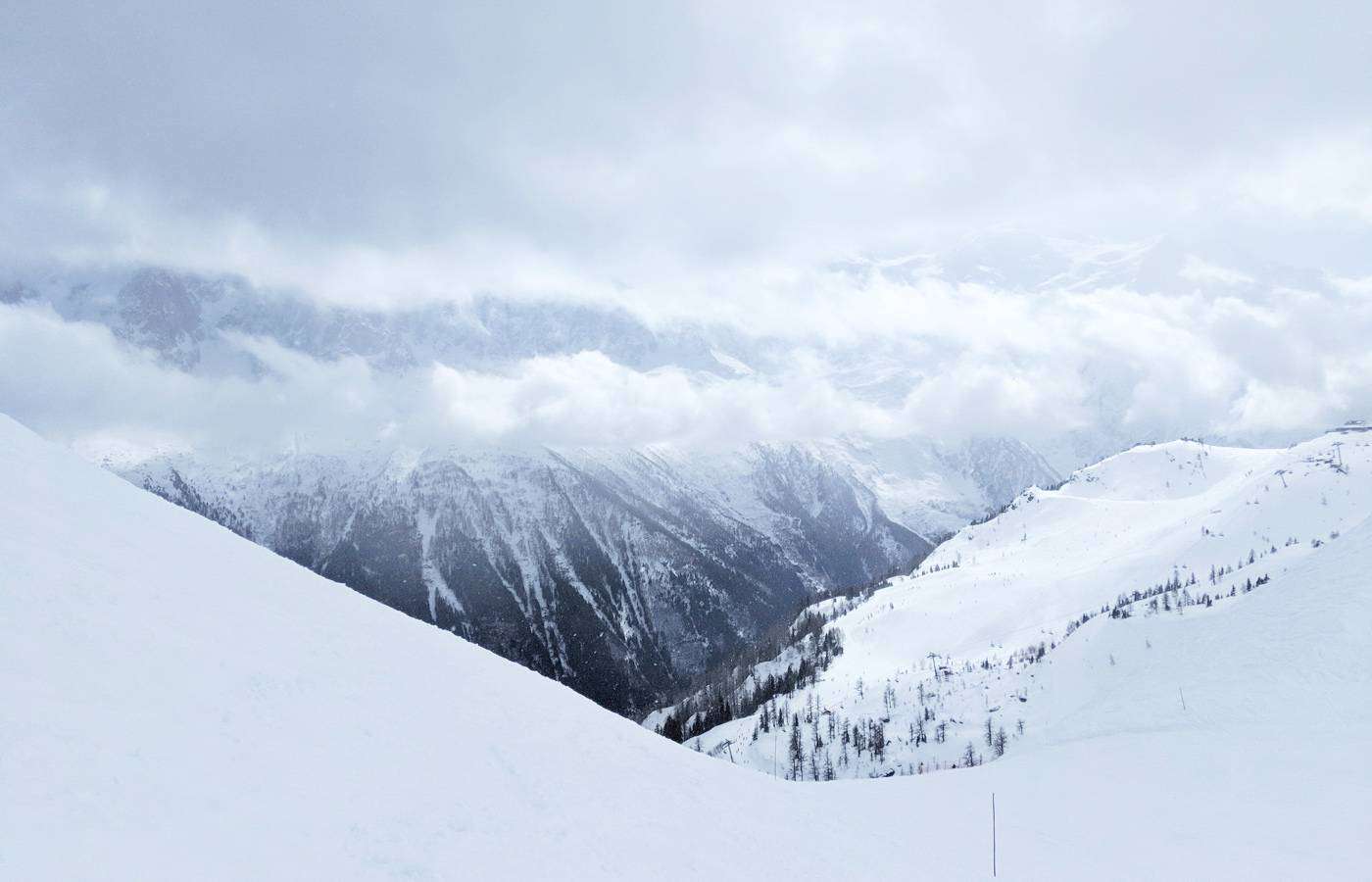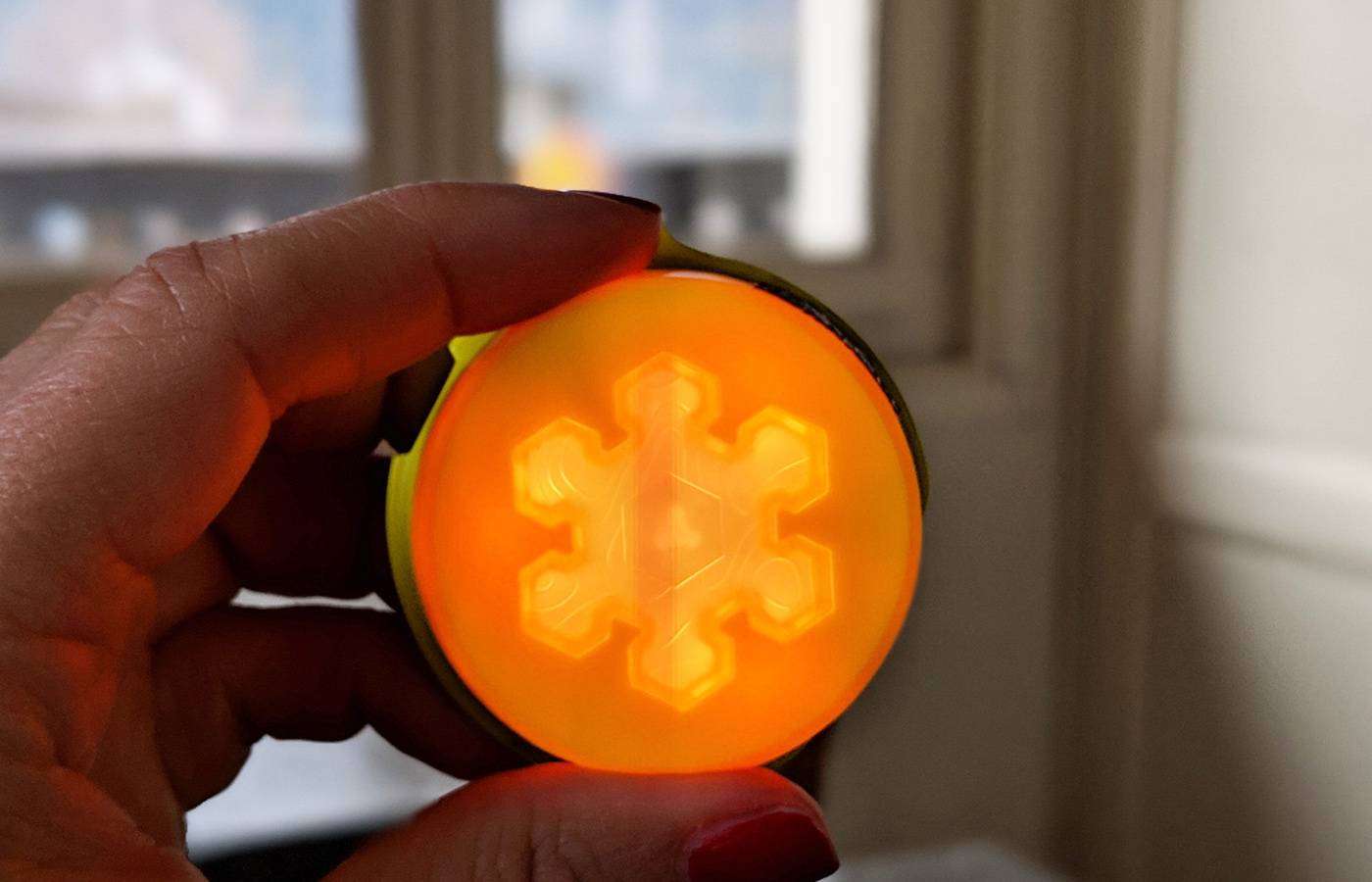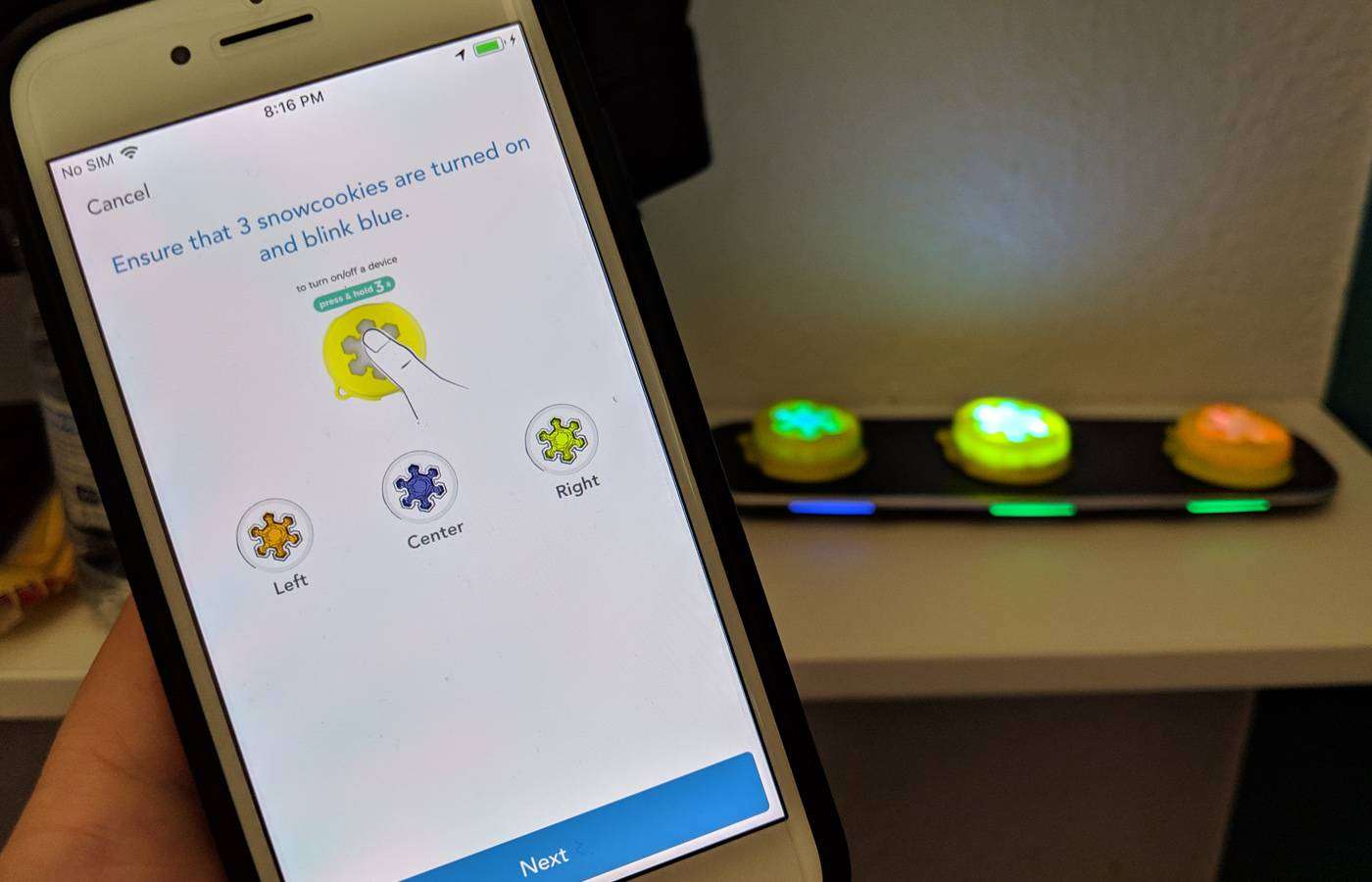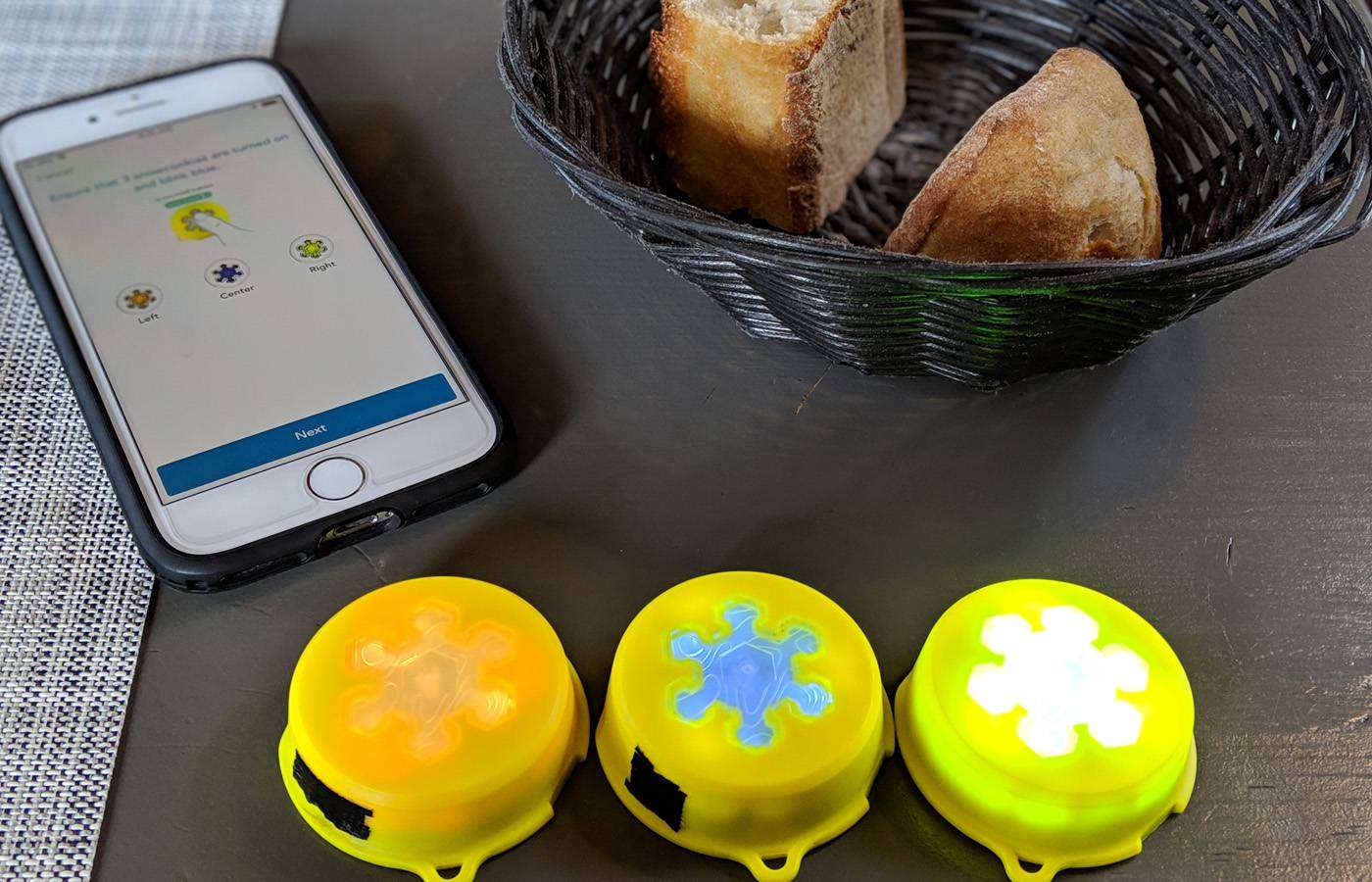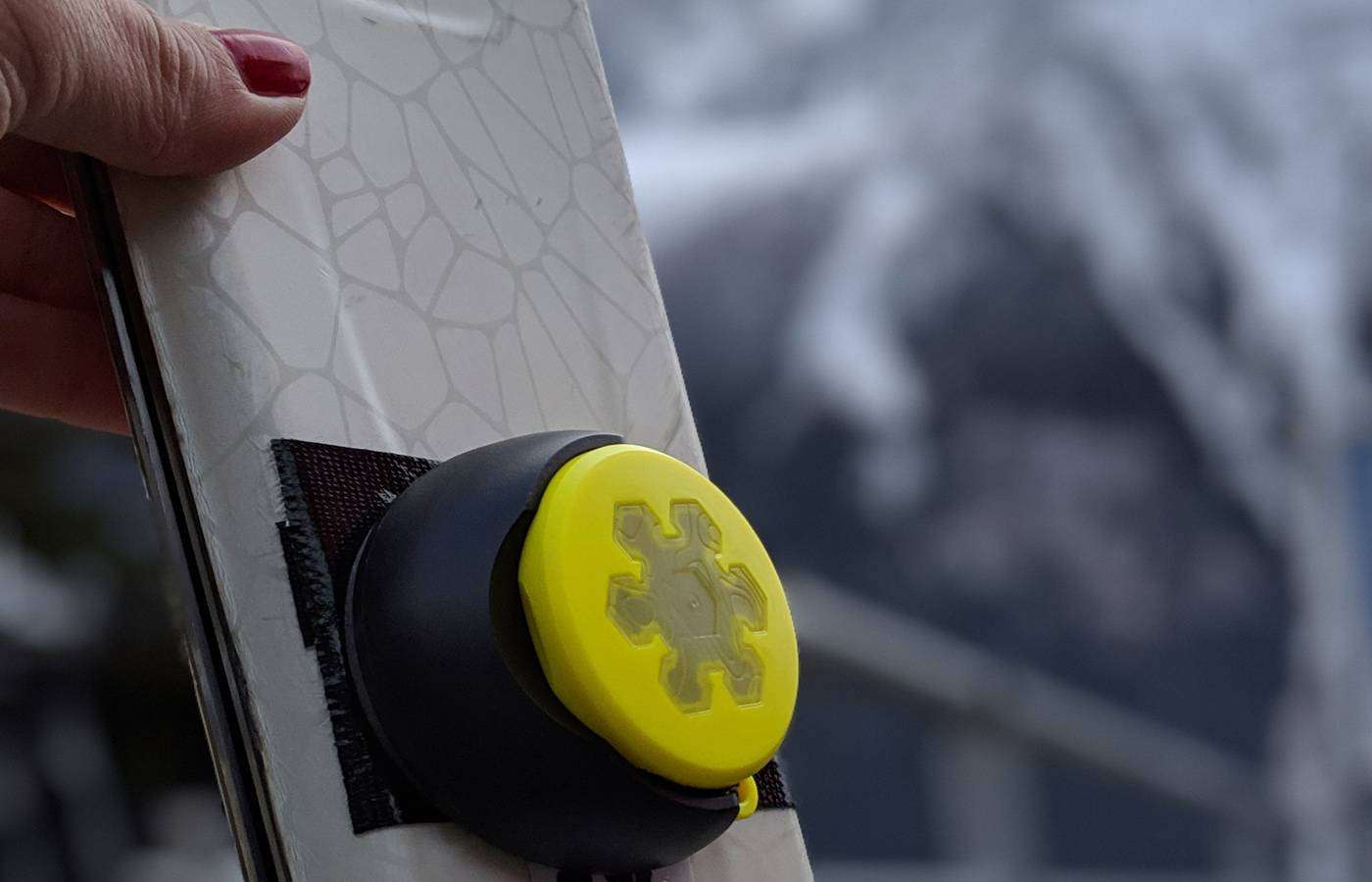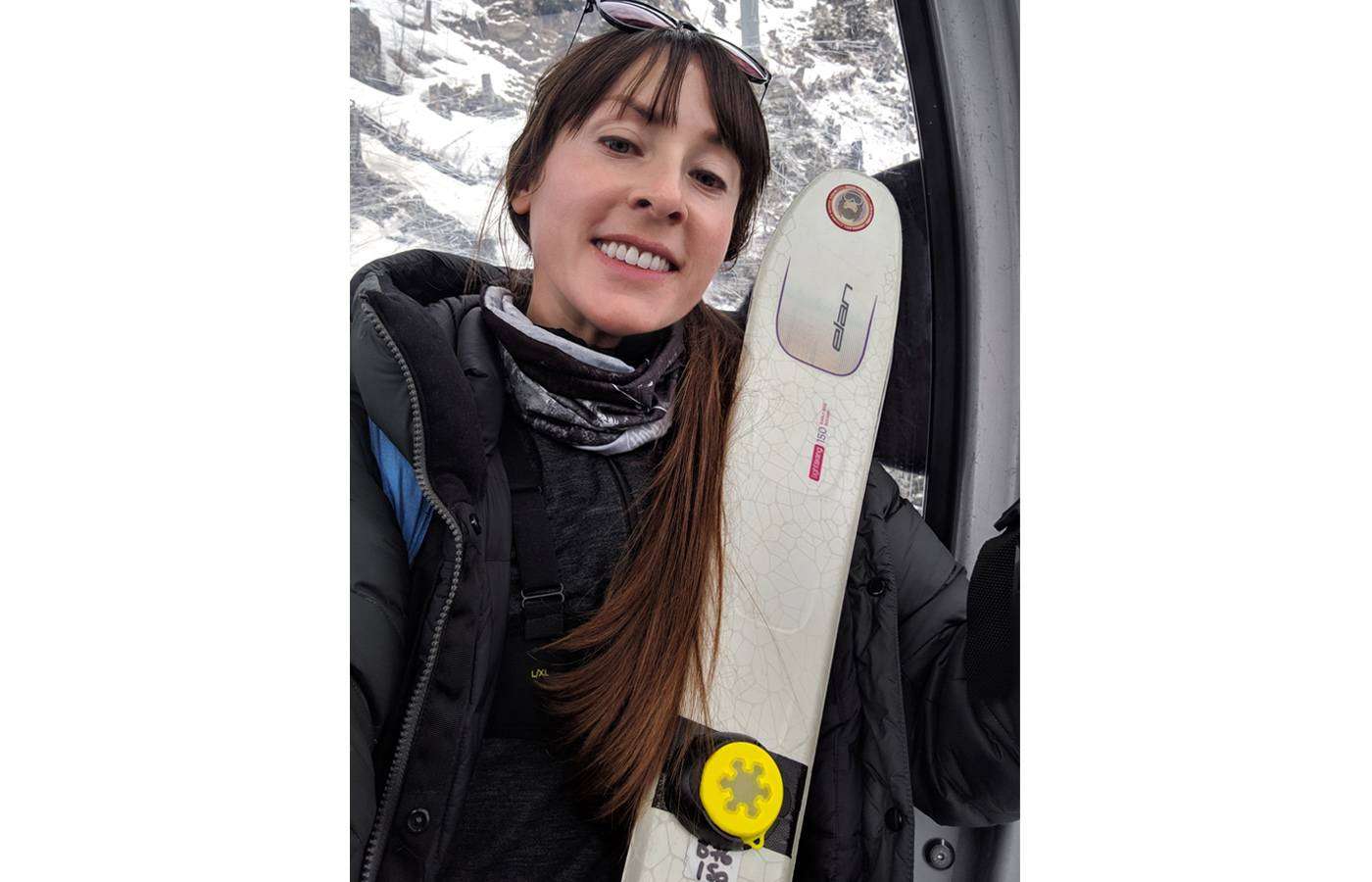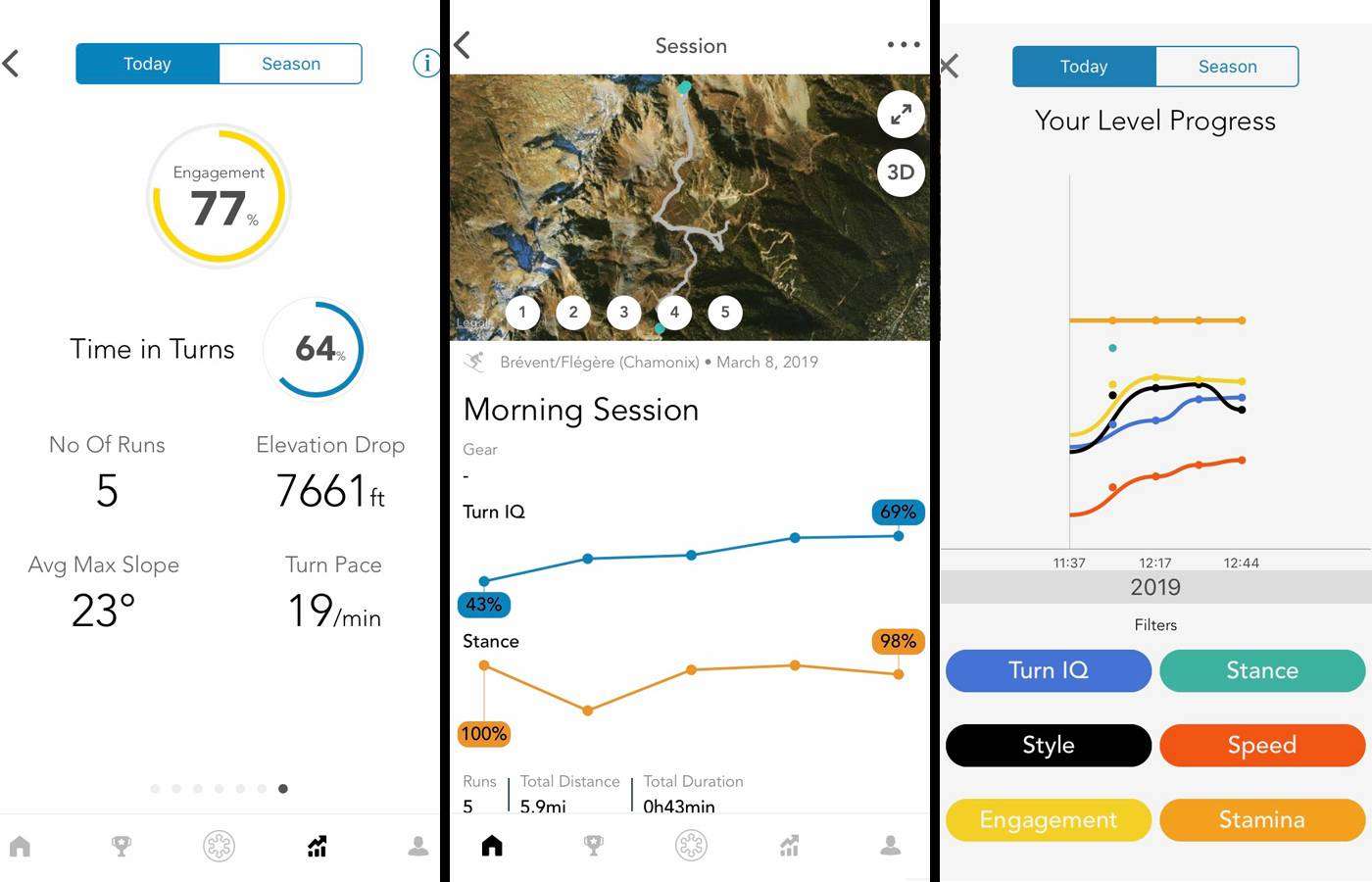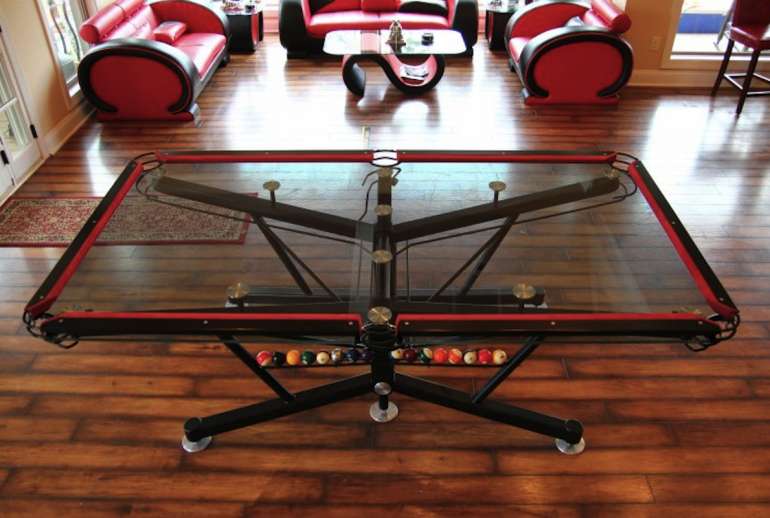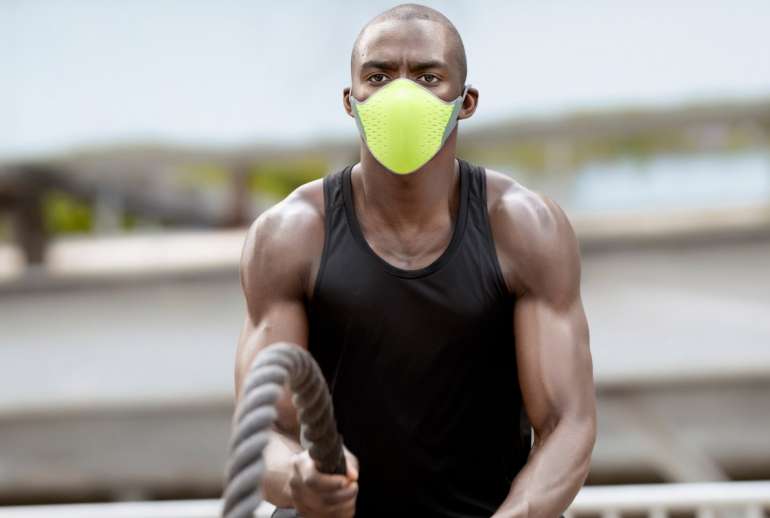Surprisingly, after having suffered a fractured pelvis from a skiing accident coming off a glacier, the intrepid Martin Kawalski, MD, PhD, didn’t throw down his skis in disgust and abandon the sport. Instead, recovering and on crutches, he found himself in front of a panel in Santa Clara, California pitching the concept of Snowcookie at Intel’s Make it Wearable Challenge back in 2014. The proposal ended up being a hit and the idea finished among the final top four, winning a sizeable investment from Intel.
A Snowcookie is born
A background in orthopedic medicine combined with a grand passion for skiing gave birth to the Snowcookie. The insight struck Martin almost four years ago to the day while performing his rotations at the hospital. A junior doctor at the time, Martin recalls “I was given a lot of the crappy work, including piles of patient histories to review.” Martin noticed an overarching theme connecting nearly half of all cases – primarily, that those with injuries had all complained of fatigue at the time of their accidents. He recognized that, in general, there is a greater chance of sustaining an injury the more tired someone is.
What exactly is a Snowcookie?
The Chief Visionary of Snowcookie Sports is spearheading the smart skiing movement with a new wearable technology designed to monitor and measure fatigue and performance during a day out on the slopes.
It goes without saying that skiing has a degree of inherent risk. But, one of the worst things you can do is ski with poor form since doing so over and over again means you’re probably getting good at skiing badly. However, with the feedback a Snowcookie provides, you can take necessary action to adjust your body position and movement which allows your technique to improve and, thereby unlocking the potential to ski at a higher level.
Snowcookie helps you focus on proprioception – the awareness of self-movement and body position, sometimes referred to as our “sixth sense”. It assists in your ability to maintain better control or to regain control if necessary – this isn’t only useful at a racing or competitive level. In fact, almost everyone from an intermediate level and up can benefit. Anything that makes you less likely to fall, suffer a fracture, knee injury, ACL trauma, or even worse gets a thumbs up in my book.
How the technology works
Snowcookie is not the easy way out of hours of beginner lessons you’ll need to commit to get the hang of skiing. Rather, it’s more designed for intermediate and advanced skiers. Other ski apps are out there floating around, but they are limited in scope and only measure one element of your style. Snowcookie, on the other hand, is the only app that currently measures body position relative to skis: it gives you crucial information on both the quality of your turns and carving – namely, inclination, the angle of your ski to the ground, and angulation, the angle of your hips.
The company has created a simplified, bio-mechanical virtual model of a skier against which an algorithm is powered by streaming real-time motion data from the onboard sensors and compared. Martin explains that “We know how your upper body should move and rotate in relation to the skis, how your legs should move … there’s a range of motion that you can do and certain parameters go outside of this predefined boundary”. Take a turn for example, according to Martin, the movement should start from the ground up – first your ski tips turn, followed by your hips, torso, and lastly shoulders.
The sensor of each Snowcookie is comprised of an IMU (inertial measurement unit) with a gyroscope, accelerometer and magnetometer that seamlessly merges GPS data (and other data) from your iPhone, using four-point sensor fusion.
What’s included
Snowcookie has been created, in part, with one of Europe’s leading technical and engineering schools, ETH Zurich. It is produced in Switzerland and two versions are available. There are kits for families or multiple people as well. At the top end, you’ll find a Victorinox edition (black version) that is bundled with a specially branded Swiss Army knife and costs around $450 USD. Then there’s the basic package (yellow version) that runs approximately $350 USD which includes everything you need to get started, except the cool knife. It’s worth noting that all prices include Free Express Shipping worldwide via FedEx – which sweetens the deal since shipping FedEx worldwide costs a pretty penny.
The Snowcookie Smart Ski System (basic, yellow version) includes three Snowcookie sensors (one for each ski, and one for the chest), two adhesive ski mounts (one for each ski), chest harness (available in different sizes), operating instructions, wireless charging pad, and a power supply with compatible plug to your geographic location.
There are many parts, but everything is well organized and presented in a rugged, durable and handsome kit that zippers shut nicely, making It ideal for both storage and travel. A convenient and small mesh bag is included in the event you need to travel light – an important detail in today’s day and age of airline flex fares and carry-on-only policies.
Let’s get the Snowcookie disco party started!
The night after attending the Geneva International Auto Show, I sat in my F1 hotel room (an interesting place to say the least), just over the French border on the property in back of the Geneva airport. Exhausted, I was eager to fall asleep and dream of sugar plums and Chamonix slopes, but forced myself to stay awake. I thought it prudent to prepare my Snowcookies for the imminent day of skiing.
Following the start-up guide, I download the app on the iPhone as instructed. The next step, which involved charging the cookies, proved to be the most confusing part of the process as each cookie flashes three different colors, hues, rates and rhythms – please be advised that if your prone to epileptic fits, this is the point you will want to look away. Or alternatively, if you’re a man, this might be when you want to pop that viagra. At a point, I was tempted to turn out the room lights, put on some rock music and sit back to enjoy the free light show (reminiscent of those laser show days at the planetarium).
The thought crossed my mind … would people think I was some sort of medic going down the slopes with multicolor flashing lights on my skis and body? After an hour and a half, a bit of patience, and, always with a sense of humor – Eureka, I got them sorted and connected!
Now for the really good news! After the charging debacle, everything else went smoothly and worked flawlessly. A full charge takes two hours and can last up to 3 or 4 days, depending on the amount of skiing you do and outside air temperature. It’s advised to charge them every second day and battery levels can be checked in the app.
A great surprise in the kit is the charger – this Cadillac of chargers can power up to five devices at once: three Snowcookies or three iPhones (iPhone 8 and above) wirelessly, with two additional USB ports.
The chest harness fits a man just fine, but could use a little improvement for women – in certain places if you know what I mean. Although, I’ve been informed the company is working on providing a better-fitting, adjustable one-size fits all harness soon.
Chamonix bound
At the Geneva International airport bright and early, I climb aboard the 6 am Easybus to the central bus station of Chamonix. Once in Chamonix, I walk across town to Bozon Sports ski rental shop located at the base of the Brévent/Flégere chairlift. After getting the skis, I pop into an adjacent café for a creamy café au lait, savory omelette aux champignons and to mount my cookies.
Please take heed: Snowcookies are compatible with flat surface skis only. In addition and most importantly, to properly affix them onto the skis, the glue needs 24 hours to adhere – with twelve of those hours being non-negotiable. But due to the fact that I was only in town for one day and in a rush, I regret to inform you that I took shortcuts in the mounting process – which I paid dearly for later. I will stay mum on the matter so as not to lead you astray (although you’ll get a hint in the images).
The very last step involves calibrating the cookies – necessary only one time; the sensors must learn what is flat versus vertical. 0 degrees is done by laying the cookies on a flat wooden or concrete surface (avoid metal as it can mess with the sensors). Then, once you’re at the top of the slope, stand straight and tall for the cookie to understand 90 degrees. All systems are now go and the frequencies begin to synchronize and stream between the app and cookies.
Interpreting the results
At the end of each run, you receive a run score. Swiping right will reveal a great amount of detail and in-depth coverage of the specific run. Anything highlighted in red is your weakest element, requiring attention and adjustment; the thing that’s holding you back from advancing to the next level.
The core part of the app is the skiing skills spider chart – a hexagon based on the PSIA (Professional Ski Instructors America teaching manual). Over the course of a day, the system builds a profile and rates your overall turn quality and body position on a scale from one to ten. Ten being Mikaela Shiffrin (who Martin says is actually off the charts) and one is a total novice addicted to snowplowing and calling for help.
I’m seriously loving the app – I observe my run scores rising slowly with each successive run. Unfortunately, I encounter a setback when one of my Snowcookies falls off and becomes a casualty of my haste and user error. Now, my little yellow Snowcookie friend remains out there, somewhere, in a snowy grave. Perhaps, come summer and snowmelt, a hiker will discover its little yellow body – maybe even pick it up to marvel at it in wonder.
I ski the same slope four more times, desperately searching for the missing piece. “Darn it, I need that piece to get closer to level 10!” I chide myself quietly. I can honestly attest to the fact that the system is effective at making you strive to better and challenge yourself. Unbeknownst to me at the time, it is possible to activate a locator on the cookie.
What’s done is done though, and the app gives me an overall rating of 4.5 for the day. I suffer from no delusion of being Lindsey Vonn, but level 6 or 7 was totally within my grasp. Anyhow, with a little self-consolation and pocket package of tissues, I make peace with my low rating – that is, until next season!
Final bits and wrap-up
As of right now, an iPhone 6 or above is required to run the system. But the company is fundraising to develop an app for Android too and hope to have one out by fall. Especially important since half of all skiers are android users – including myself – I actually had to borrow a friend’s iPhone to test the product.
Also, a second iteration of Snowcookie will be available as a firmware update and include extra safety features. More sports will be added down the road, including snowboarding, cross-country skiing, and mountain biking – all of which will only require the purchase of additional mounts.
Whether you’re interested in a simplified, macro view of your performance, or a nitty-gritty micro view, the app is dynamic: you can literally go down to a single turn on your run. Jump length, air time, max speed, carving angle and symmetry, percentage correct body position – the app covers it all.
Smart, well-developed, informative, Snowcookie has delivered an impressive piece of wearable tech. The app is incredibly easy to navigate and user-friendly. While $350 USD isn’t cheap, neither is skiing; it’s an expensive endeavor no matter where in the world you are. Chances are, if you can afford ski equipment, lift-tickets, along with all the other expenses incurred in such a sport, you can afford the Snowcookie system. In my opinion, if you’re serious about advancing your ski skills, Snowcookie is a premium product that should be considered as an investment in your performance.

